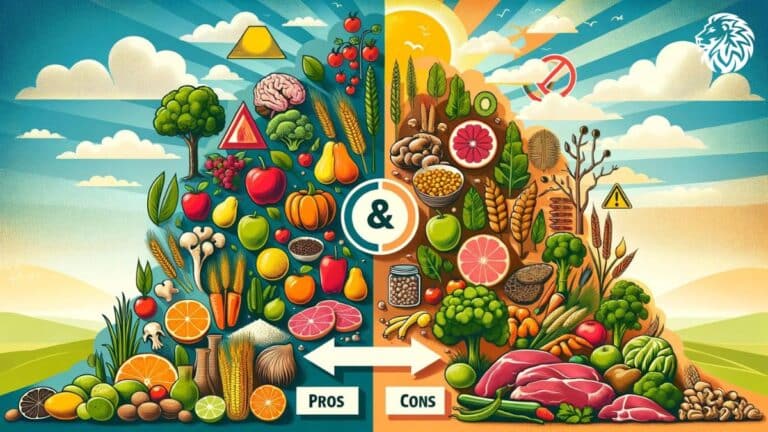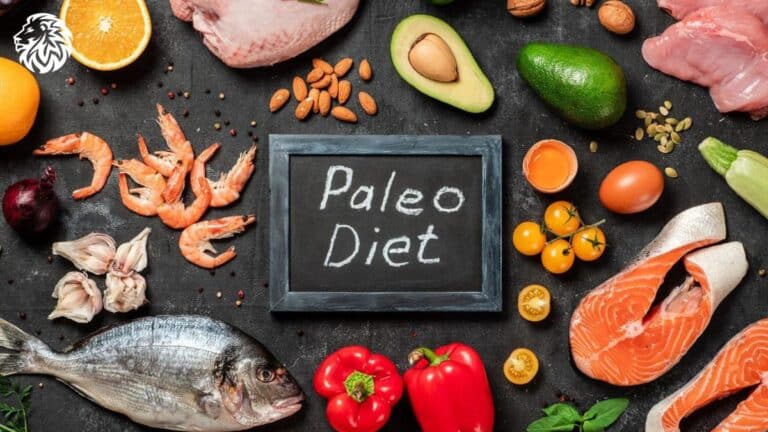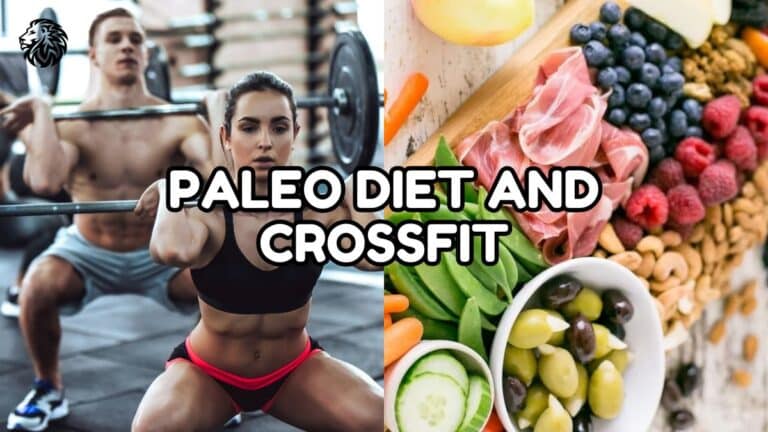The Paleo diet, often referred to as the “Caveman Diet,” harks back to the eating patterns of our Paleolithic ancestors. This dietary plan emphasizes whole, unprocessed foods, simulating the presumed diet of hunter-gatherers. Key components include lean meats, fish, fruits, vegetables, nuts, and seeds, while it typically excludes dairy, grains, and processed foods.
While the Paleo diet focuses on food types rather than caloric intake, understanding calories is crucial for those aiming to lose weight. Weight loss fundamentally relies on consuming fewer calories than the body expends. Thus, even on a Paleo diet, monitoring calorie intake is essential to achieve a healthy and sustainable weight loss.
This article aims to provide a comprehensive guide on caloric needs for individuals following the Paleo diet who are seeking weight loss. We will delve into how to calculate your caloric requirements, adjust your diet for weight loss, and balance the nutritional aspects of the Paleo diet to ensure a healthy, effective weight loss journey.
How Many Calories Should You Eat on Paleo to Lose Weight?
The number of calories you should consume on a Paleo diet to lose weight can vary greatly depending on factors such as your age, gender, weight, height, and activity level. The Paleo diet emphasizes whole foods, lean proteins, vegetables, fruits, nuts, and seeds, while excluding processed foods, grains, dairy, and legumes.
Here’s a general guideline to determine your calorie needs for weight loss:
- Calculate Your Basal Metabolic Rate (BMR): This is the number of calories your body needs to perform basic functions at rest. There are various formulas to calculate BMR, such as the Harris-Benedict equation.
- Adjust for Activity Level: Multiply your BMR by an activity factor (sedentary, lightly active, moderately active, very active) to get your maintenance calories – the number of calories you need to maintain your current weight.
- Create a Caloric Deficit: To lose weight, you need to consume fewer calories than your maintenance level. A general guideline is to reduce your daily calories by 500 to 1,000 calories for a safe weight loss of about 1 to 2 pounds per week.
- Monitor and Adjust: Pay attention to your body’s response. If you’re losing weight too quickly, feeling fatigued, or not losing weight, adjust your calorie intake accordingly.
Remember, the Paleo diet focuses more on the quality of foods rather than strictly counting calories. It’s important to choose nutrient-dense foods and listen to your body’s hunger and fullness cues. Below we will dive further into the Paleo Diet, how it works, and how it can be used to help you lose weight.
Understanding the Paleo Diet
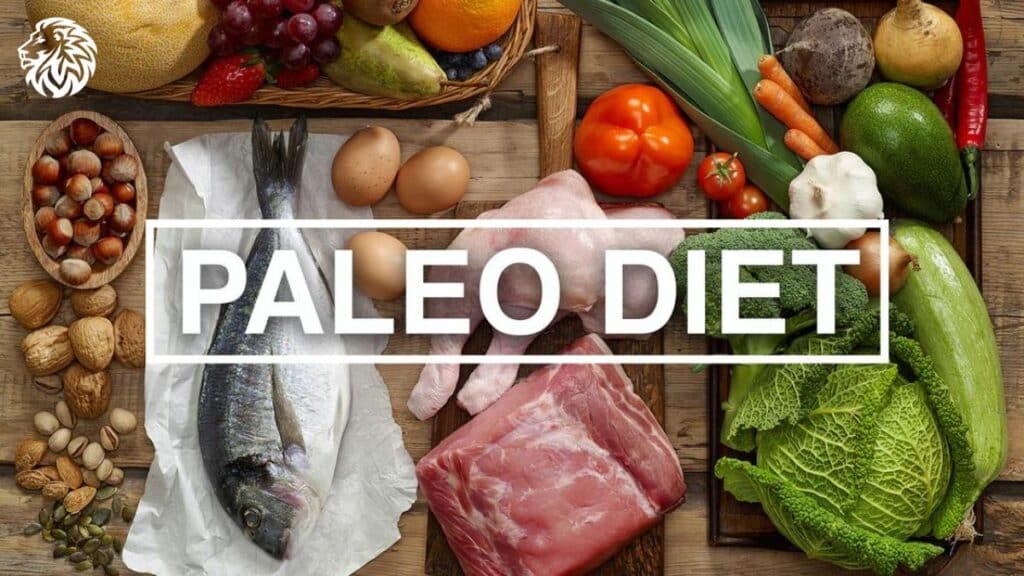
The Paleo diet is based on a simple premise: eat like our Paleolithic ancestors. The guiding principle is to consume foods that would have been available to hunter-gatherers before the advent of agriculture and food processing. This diet is believed to align with our genetics and support optimal health.
Paleo Diet Principles
- Natural and Unprocessed: Emphasizes whole, unprocessed foods.
- Mimicking Ancestral Eating: Based on the presumed diet of early humans.
- Nutrient Density: Focuses on foods high in vitamins, minerals, and other nutrients.
- Avoidance of Modern Processed Foods: Excludes foods that are seen as products of modern agriculture and processing.
Foods Included in the Paleo Diet
- Lean Meats: Such as grass-fed beef, lamb, and poultry.
- Fish and Seafood: Especially those rich in omega-3 fatty acids like salmon.
- Fresh Fruits: All types, with a focus on low-glycemic fruits.
- Vegetables: A large variety of vegetables.
- Nuts and Seeds: Except for peanuts, which are legumes.
- Healthy Fats: From avocados, olive oil, and nuts.
Foods Excluded in the Paleo Diet
- Dairy Products: Milk, cheese, butter, and yogurt.
- Grains and Legumes: Wheat, rice, barley, beans, and lentils.
- Processed Foods and Sugars: Packaged snacks, candies, and soft drinks.
- Certain Vegetable Oils: Such as soybean and corn oil.
Health Benefits of the Paleo Diet
- Weight Loss and Improved Metabolism: Often results from the natural reduction in calorie intake and elimination of processed foods.
- Better Blood Sugar Regulation: Due to a lower glycemic load.
- Increased Satiety: High protein and fiber intake promote fullness.
- Improved Heart Health: Potential reduction in risk factors like blood pressure and cholesterol.
Criticisms of the Paleo Diet
- Nutritional Deficiencies: Potential lack of certain nutrients due to the exclusion of dairy, grains, and legumes.
- Sustainability Concerns: Questions about the environmental and economic feasibility of widespread adoption of such a meat-heavy diet.
- Historical Accuracy: Debate over the true diet of Paleolithic humans and regional variations.
- Restrictiveness: Can be difficult to maintain due to the exclusion of several food groups.
Understanding these principles, foods, benefits, and criticisms provides a foundational knowledge of the Paleo diet, which is crucial for anyone considering it, especially for weight loss purposes.
Basics of Weight Loss
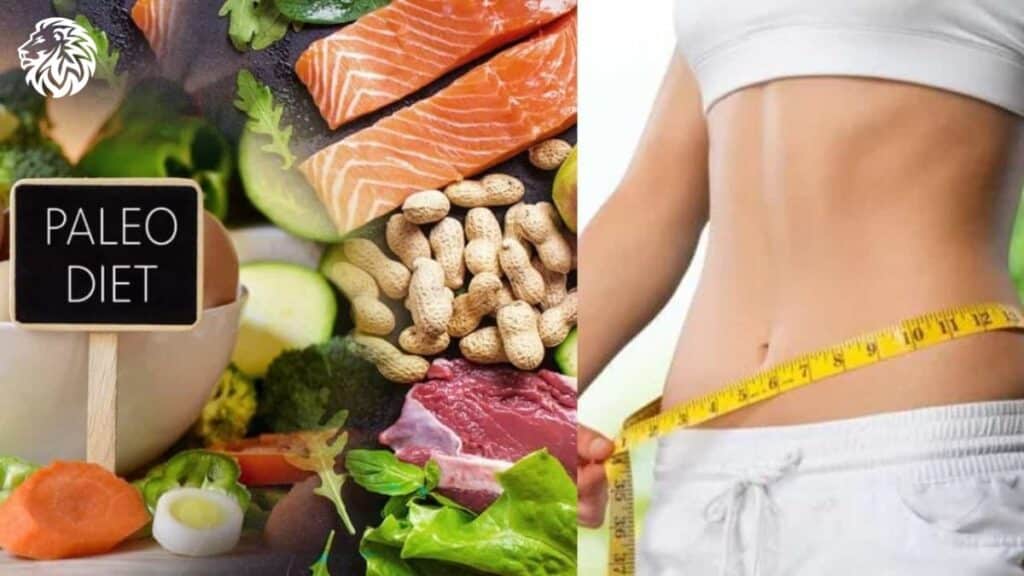
Understanding the fundamental principles of weight loss is essential for anyone looking to shed pounds, regardless of the diet they choose to follow. Central to this is the concept of a calorie deficit and how it affects the body.
Calorie Deficit and Weight Loss
- Caloric Balance: Weight loss occurs when the body burns more calories than it consumes. This state is known as a calorie deficit.
- Energy Source: In a calorie deficit, the body turns to stored fat for energy, leading to weight loss.
- Rate of Weight Loss: A deficit of about 500 to 1000 calories per day typically results in a safe and sustainable weight loss of about 1 to 2 pounds per week.
General Guidelines for Caloric Intake
- Factors Affecting Caloric Needs: Caloric needs vary based on age, gender, body size, and activity level.
- Men vs. Women: Generally, men require more calories than women due to having more muscle mass and a larger body size.
- Age: Caloric needs typically decrease with age due to a reduction in muscle mass and a slower metabolism.
- Activity Level: More active individuals require more calories. Sedentary individuals need fewer calories.
- Calculating Caloric Needs: Various formulas and online calculators are available to estimate your daily caloric needs for maintenance and weight loss.
Role of Metabolism in Weight Loss
- Metabolic Rate: This is the rate at which your body burns calories. A higher metabolic rate means more calories burned at rest and during activity.
- Factors Influencing Metabolism: Age, muscle mass, genetic factors, and physical activity all influence metabolic rate.
- Muscle Mass: Increased muscle mass boosts metabolism, as muscle is more metabolically active than fat.
- Adaptive Thermogenesis: The body may adapt to calorie restriction by slowing down the metabolic rate, a phenomenon known as “adaptive thermogenesis.”
Understanding these basics provides a framework for approaching weight loss in a healthy and informed manner. Whether following the Paleo diet or any other eating plan, these principles are key to achieving and maintaining weight loss goals.
Caloric Needs on the Paleo Diet
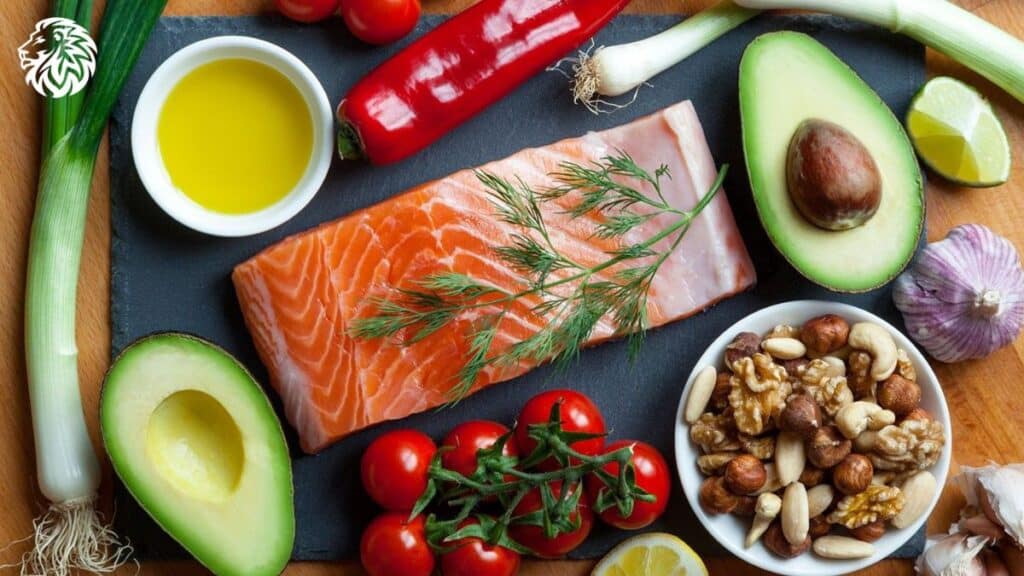
While the Paleo diet emphasizes types of food rather than caloric intake, understanding how it impacts caloric needs is crucial, especially for weight loss. Here’s a breakdown of this aspect:
- How the Paleo Diet Affects Caloric Needs
- Natural Calorie Reduction: Paleo diet typically leads to a reduction in calorie intake naturally, as it eliminates processed foods and emphasizes whole, nutrient-dense foods.
- High Satiety Foods: Foods like lean meats and vegetables are more filling, which can reduce overall calorie consumption.
- Reduced Carb Intake: Lower carbohydrate intake compared to a typical diet can also affect caloric needs, as the body may start using fat as a primary energy source.
- Estimating Caloric Requirements for Weight Loss on the Paleo Diet
- Basal Metabolic Rate (BMR): Calculate your BMR to understand the number of calories your body needs at rest.
- Total Daily Energy Expenditure (TDEE): Factor in your activity level to estimate your TDEE. This provides a more accurate picture of your daily caloric needs.
- Creating a Deficit: For weight loss, aim for a caloric intake that is lower than your TDEE. A deficit of 500-1000 calories per day is often recommended for safe and sustainable weight loss.
- Adjusting Calorie Intake Based on Individual Factors
- Activity Level: More active individuals will require more calories. Adjust your intake based on your exercise routine and daily activity.
- Metabolic Rate: Individual metabolic rates vary. Those with a higher metabolism might require more calories, even for weight loss.
- Age and Gender: These factors also influence caloric needs. Generally, older individuals and females may require fewer calories.
- Listen to Your Body: Pay attention to hunger cues and energy levels. Adjust your calorie intake if you feel excessively hungry or fatigued.
- Continuous Monitoring: Regularly assess your weight loss progress and adjust your calorie intake as needed. If weight loss plateaus, a further reduction or a brief increase in calories might be necessary.
By understanding these aspects, individuals on the Paleo diet can better estimate and adjust their caloric intake to support their weight loss goals effectively.
Balancing Macronutrients on the Paleo Diet

Balancing macronutrients – proteins, fats, and carbohydrates – is a key aspect of the Paleo diet, particularly when the goal is weight loss. Here’s an exploration of how to effectively manage these nutrients:
- Importance of Macronutrient Balance
- Proteins: Vital for building and repairing tissues, proteins also increase satiety, which can help reduce overall calorie intake.
- Fats: Essential for hormone production and nutrient absorption, healthy fats also provide a sustained energy source.
- Carbohydrates: Mainly from fruits and vegetables on the Paleo diet, they are important for energy, especially for those who are active.
- Recommended Macronutrient Ratios for Weight Loss on Paleo
- Proteins: Approximately 25-30% of total calories. Choose lean meats, poultry, fish, and eggs.
- Fats: Around 40-50% of total calories. Focus on healthy fats like avocados, nuts, seeds, and olive oil.
- Carbohydrates: Comprise about 20-30% of total calories. Opt for low-glycemic fruits and a variety of vegetables.
- Flexibility: These ratios can be adjusted based on individual needs, activity levels, and specific weight loss goals.
- Example Meal Plans and Food Choices
- Breakfast: Scrambled eggs with spinach and mushrooms, served with a side of avocado.
- Lunch: Grilled chicken salad with mixed greens, cherry tomatoes, cucumbers, and olive oil dressing.
- Dinner: Baked salmon with asparagus and a sweet potato on the side.
- Snacks: Almonds, carrot sticks with almond butter, or a piece of fruit.
- Beverages: Water, herbal teas, and black coffee are typically preferred.
In summary, a balanced approach to macronutrients on the Paleo diet not only supports weight loss but also ensures nutritional adequacy and energy balance. Tailoring these ratios to individual preferences and needs can make the diet more sustainable and effective in the long run.
Challenges and Considerations
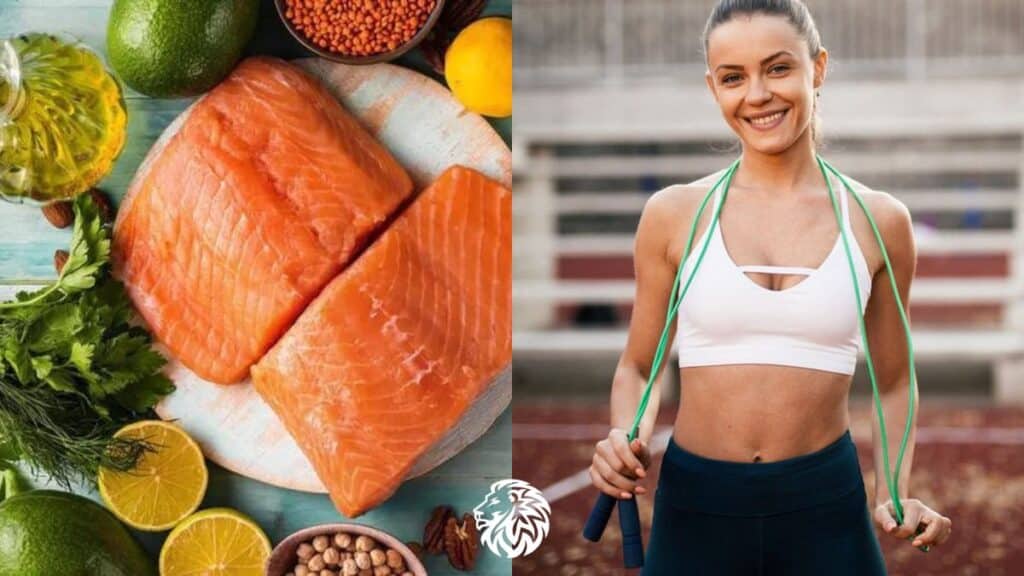
While the Paleo diet can be effective for weight loss and overall health improvement, it comes with its own set of challenges and considerations, especially in terms of calorie management, portion control, food quality, and potential nutritional deficiencies.
- Common Challenges in Managing Calorie Intake
- Overconsumption of Nuts and Fats: Nuts and healthy fats, though integral to the Paleo diet, are high in calories. It’s easy to overeat them, leading to excess calorie intake.
- Estimating Portion Sizes: Without clear guidelines on portion sizes, it’s common to misjudge how much one is eating, which can affect calorie balance.
- Lack of Variety in Food Choices: Relying heavily on a limited set of foods can lead to overeating due to monotony or nutritional imbalances.
- Importance of Portion Control and Food Quality
- Portion Control: Understanding and monitoring portion sizes is crucial to avoid overeating, even with healthy foods.
- Food Quality: Prioritizing high-quality, minimally processed foods can improve overall health and aid in weight management.
- Mindful Eating: Being mindful of hunger cues and eating habits can help maintain an appropriate calorie intake.
- Addressing Potential Nutritional Deficiencies
- Calcium and Vitamin D: With dairy largely excluded, it’s important to find alternative sources of calcium and vitamin D, such as leafy greens and fortified foods.
- B Vitamins and Fiber: The exclusion of whole grains can lead to deficiencies in certain B vitamins and fiber. Including a variety of vegetables, fruits, and nuts can help mitigate this.
- Legumes and Grains: While excluded in the Paleo diet, legumes and whole grains are rich in nutrients and fiber. Their exclusion can lead to gaps in nutrition, which must be filled with other Paleo-friendly foods.
- Diverse Diet: Ensure a diverse intake of fruits, vegetables, lean meats, and fish to cover a broad spectrum of nutrients.
By acknowledging and addressing these challenges and considerations, individuals following the Paleo diet can optimize their eating habits for effective weight loss and overall health.
Monitoring Progress and Making Adjustments
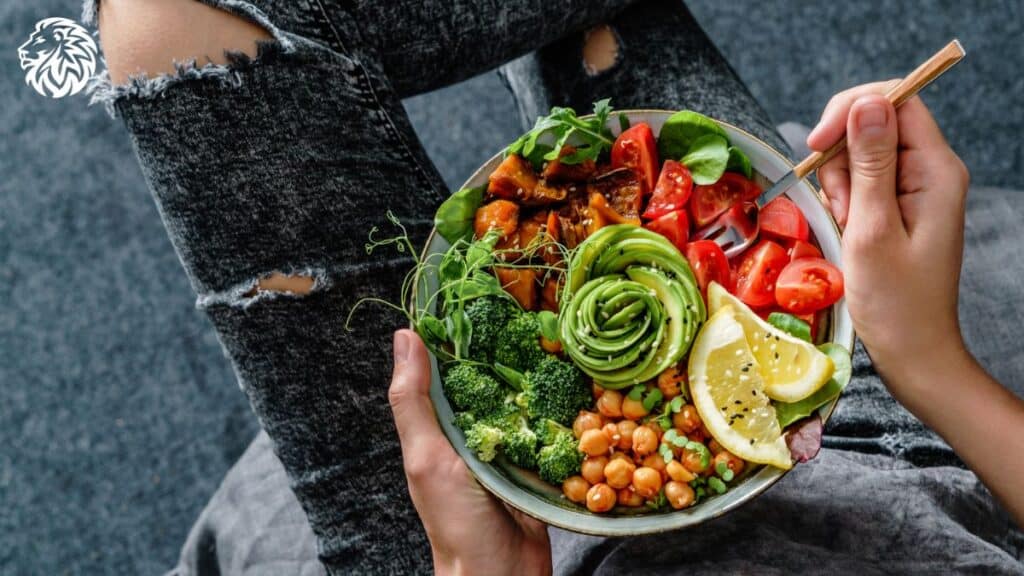
Effectively tracking progress and making necessary adjustments are key components of a successful weight loss journey on the Paleo diet. Here’s how to approach this crucial aspect:
- Methods for Tracking Calorie Intake and Weight Loss
- Food Diaries: Keeping a daily food diary or using smartphone apps to log meals can help track calorie intake and nutritional balance.
- Weighing and Measuring Food: Initially, weighing and measuring food portions can provide a more accurate understanding of calorie and nutrient consumption.
- Regular Weigh-Ins: Weighing yourself at regular intervals (e.g., weekly) can help track weight loss progress.
- Body Measurements and Photos: Tracking changes in body measurements and taking progress photos can offer a visual representation of changes that the scale might not show.
- Signs that Caloric Intake Needs Adjustment
- Plateau in Weight Loss: If weight loss stalls for several weeks, it might indicate the need to reassess calorie intake.
- Persistent Hunger or Fatigue: These could be signs that you’re not eating enough, suggesting the need to increase calorie intake.
- Rapid Weight Loss: Losing weight too quickly can lead to muscle loss and other health issues, indicating the need to consume more calories.
- When to Consult a Healthcare Professional
- Pre-existing Health Conditions: Those with health conditions like diabetes or heart disease should consult a healthcare professional before and during dieting.
- Nutritional Deficiencies or Health Concerns: If you suspect nutritional deficiencies or experience unusual symptoms (e.g., extreme fatigue, hair loss), it’s important to seek professional advice.
- Eating Disorders: If you have a history of eating disorders, consult a healthcare provider to ensure a safe and healthy approach to dieting.
- Lack of Progress: If you’re not seeing results despite following the diet correctly, a healthcare professional can provide personalized guidance and check for underlying issues.
By effectively monitoring progress and being aware of the signs that indicate a need for adjustment, individuals on the Paleo diet can make informed decisions to ensure healthy and sustainable weight loss. Consulting with healthcare professionals when necessary provides additional support and guidance tailored to individual health needs.
Success Stories and Case Studies

Real-life success stories and case studies can be highly motivational and informative for those considering or currently following the Paleo diet for weight loss. These narratives often provide practical insights and tips based on personal experiences.
- Example of Success Stories
- Story of John Doe: John, a 35-year-old office worker, lost 30 pounds over six months on the Paleo diet. He switched from processed foods to a diet rich in lean meats, vegetables, and fruits. John incorporated regular exercise and found that his energy levels significantly increased.
- Story of Jane Smith: Jane, a 28-year-old teacher, struggled with weight fluctuations before adopting the Paleo diet. She lost 20 pounds in four months and learned the importance of balancing macronutrients and listening to her body’s hunger cues.
- Lessons Learned
- Importance of Whole Foods: Both individuals emphasized the role of switching to whole, unprocessed foods in their weight loss journey.
- Listening to the Body: They learned to pay attention to their body’s signals for hunger and fullness, rather than strictly counting calories.
- Regular Physical Activity: Incorporating exercise was a key factor in their success, aiding in weight loss and overall well-being.
- Tips from These Experiences
- Start with Small Changes: Gradually transitioning to the Paleo diet can make the change less overwhelming and more sustainable.
- Meal Planning and Prep: Planning meals in advance can help avoid the temptation of non-Paleo foods and make it easier to stick to the diet.
- Finding Support: Joining Paleo diet communities, either online or in person, can provide support, motivation, and additional resources.
- Being Patient and Consistent: Weight loss is a gradual process; consistent adherence to the diet, combined with patience, is crucial.
These success stories underscore the effectiveness of the Paleo diet when combined with a holistic approach to health, including mindful eating, exercise, and a focus on quality nutrition. They offer tangible examples and actionable tips for others looking to embark on a similar weight loss journey.
Conclusion
Throughout this article, we’ve explored various aspects of the Paleo diet, particularly focusing on how it can be tailored for effective weight loss. Here’s a summary of the key points covered and some final thoughts to encourage a personalized approach to combining the Paleo diet with weight management:
- Summary of Key Points
- Paleo Diet Principles: The diet emphasizes whole, unprocessed foods similar to what our Paleolithic ancestors might have eaten.
- Caloric Needs and Weight Loss: Understanding and managing caloric intake is essential, even in a diet that focuses on food types rather than calories.
- Balancing Macronutrients: A focus on proteins, healthy fats, and carbohydrates from fruits and vegetables is key.
- Challenges and Adjustments: Portion control, food quality, and addressing potential nutritional deficiencies are important considerations.
- Success Stories: Real-life cases demonstrate the effectiveness of the Paleo diet for weight loss and provide practical insights.
- Personalized Approach
- Individual Needs and Preferences: Everyone’s body is different. Tailoring the Paleo diet to suit individual dietary needs, lifestyle, and preferences is vital for success.
- Flexibility and Adaptability: Be open to adjusting the diet as you go along, based on your body’s responses and weight loss progress.
- Final Thoughts on Paleo Diet and Weight Management
- Sustainable Lifestyle Change: The Paleo diet is more than a short-term diet; it’s a long-term lifestyle change that promotes eating natural, nutrient-rich foods.
- Holistic Health Focus: This diet, combined with an overall focus on healthy living, including regular exercise and mindfulness, can lead to sustainable weight loss and improved overall health.
- Consulting Professionals: For personalized advice and to address specific health concerns, consulting with healthcare professionals is advisable.
In conclusion, the Paleo diet, when adjusted to individual needs and combined with an understanding of basic weight loss principles, can be a powerful tool for effective weight management. Embracing this diet as part of a holistic approach to health can lead to lasting positive changes in both physical and mental well-being.




